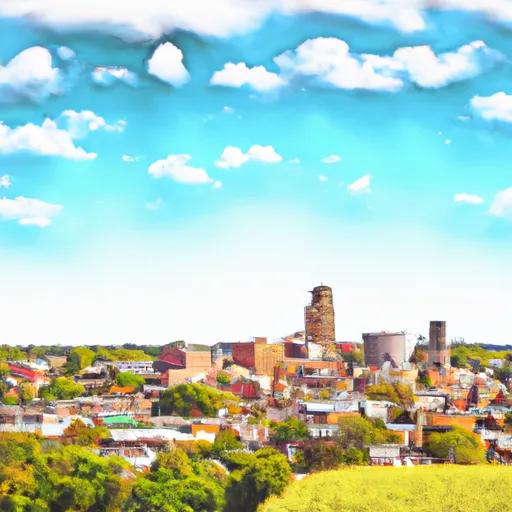°F
°F
mph
Windspeed
%
Humidity











Rock Valley, Iowa is a charming city located in Sioux County, in the northwest part of the state. The city experiences a humid continental climate, characterized by hot summers and cold winters. Average temperatures range from around 20°F (-6°C) in winter to 85°F (29°C) in summer. Precipitation is evenly distributed throughout the year, with an annual average of approximately 30 inches.
Situated near the Rock River, the hydrology constituents of Rock Valley are mainly influenced by this waterway. The river provides opportunities for activities such as fishing, boating, and canoeing. The area is also known for its picturesque landscapes, featuring rolling hills and fertile farmland. Outdoor enthusiasts can explore the scenic trails and parks, perfect for hiking, biking, and picnicking.
In addition to its natural beauty, Rock Valley offers a range of recreational opportunities. The city boasts various sports facilities, including baseball and softball fields, tennis courts, and a golf course. There are also community events held throughout the year, such as festivals and concerts, providing entertainment for residents and visitors alike. Overall, Rock Valley offers a pleasant climate, diverse hydrology constituents, and numerous outdoor recreation options for individuals to enjoy.
Weather Forecast
Rock-Valley receives approximately 707mm of rain per year, with humidity levels near 81% and air temperatures averaging around 9°C. Rock-Valley has a plant hardyness factor of 5, meaning plants and agriculture in this region thrive during a short period during spring and early summer. Most plants will die off during the colder winter months.



